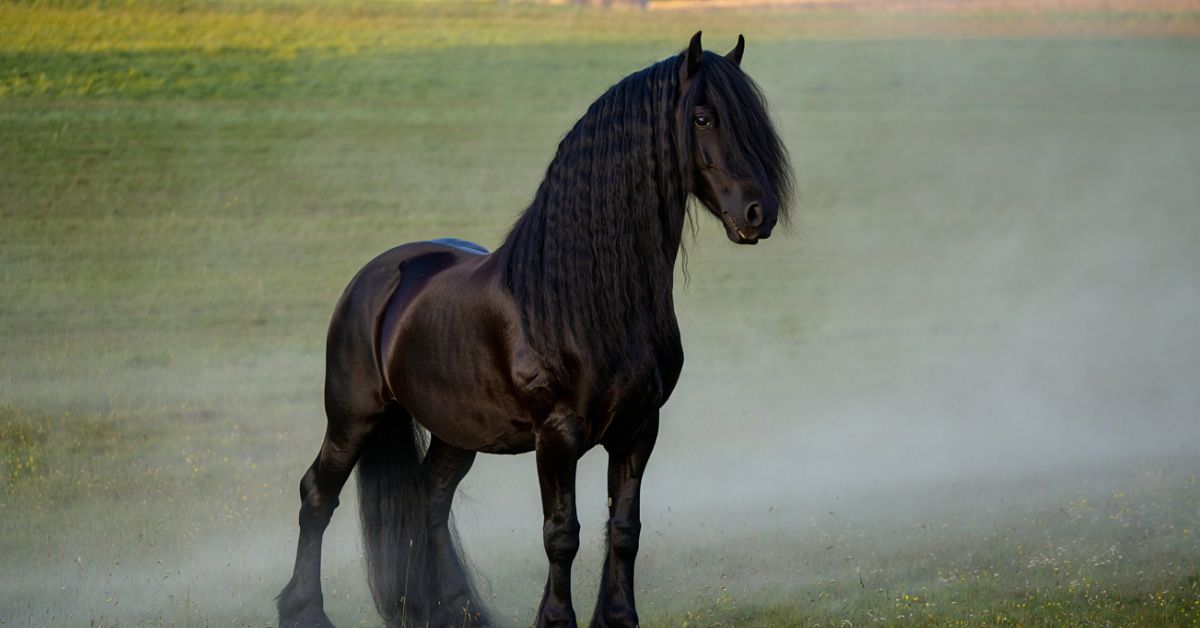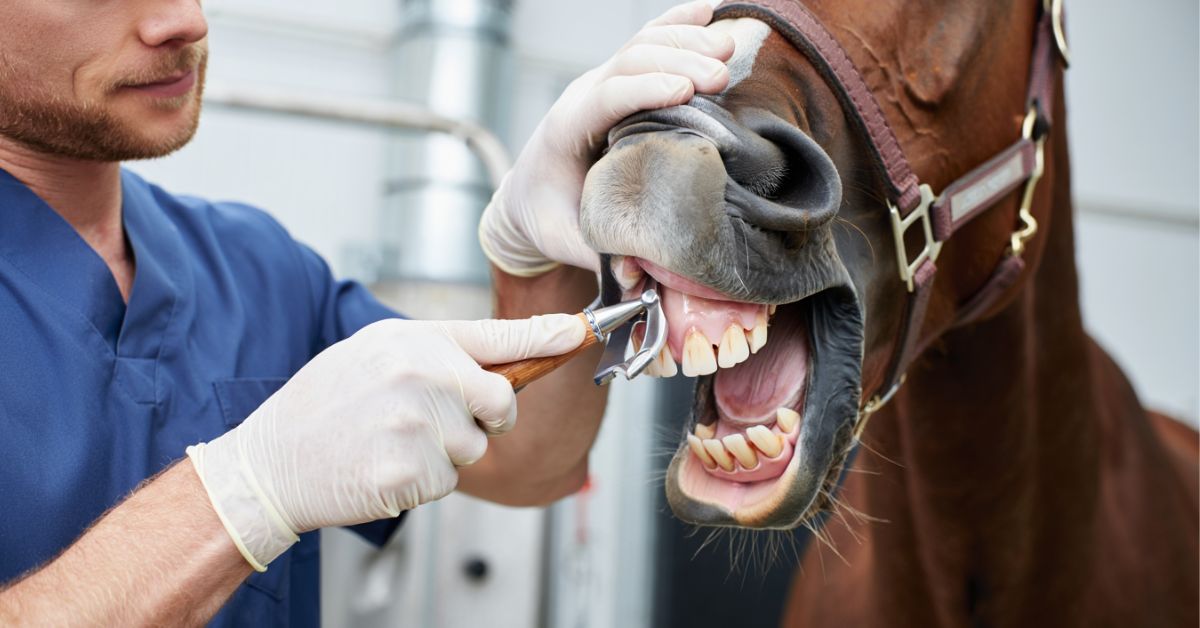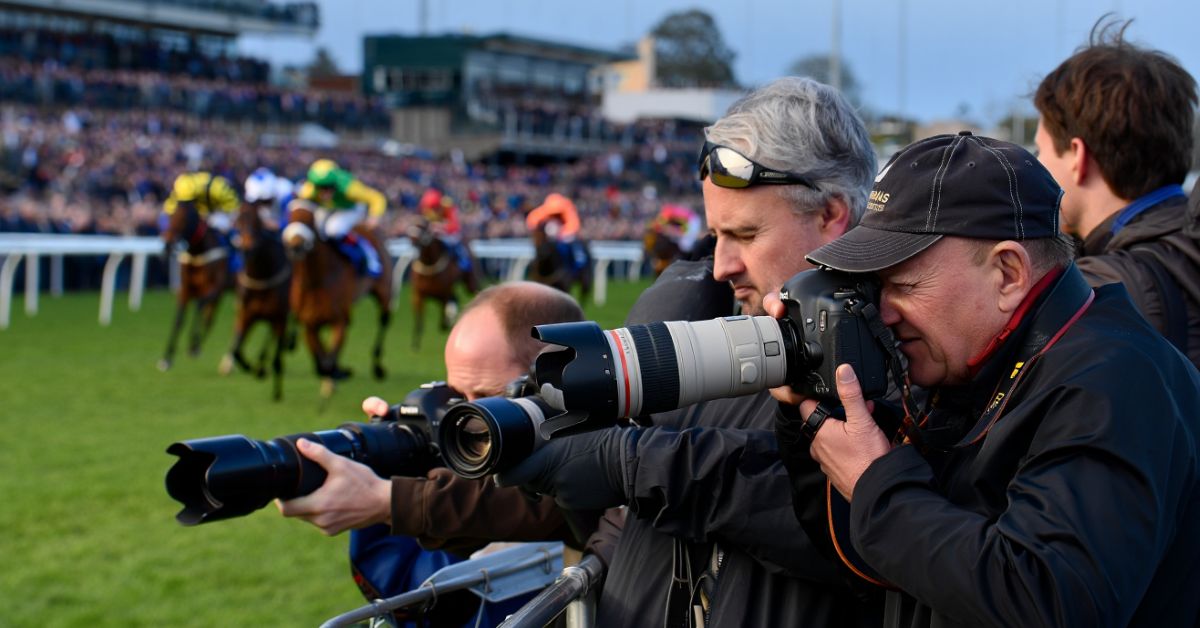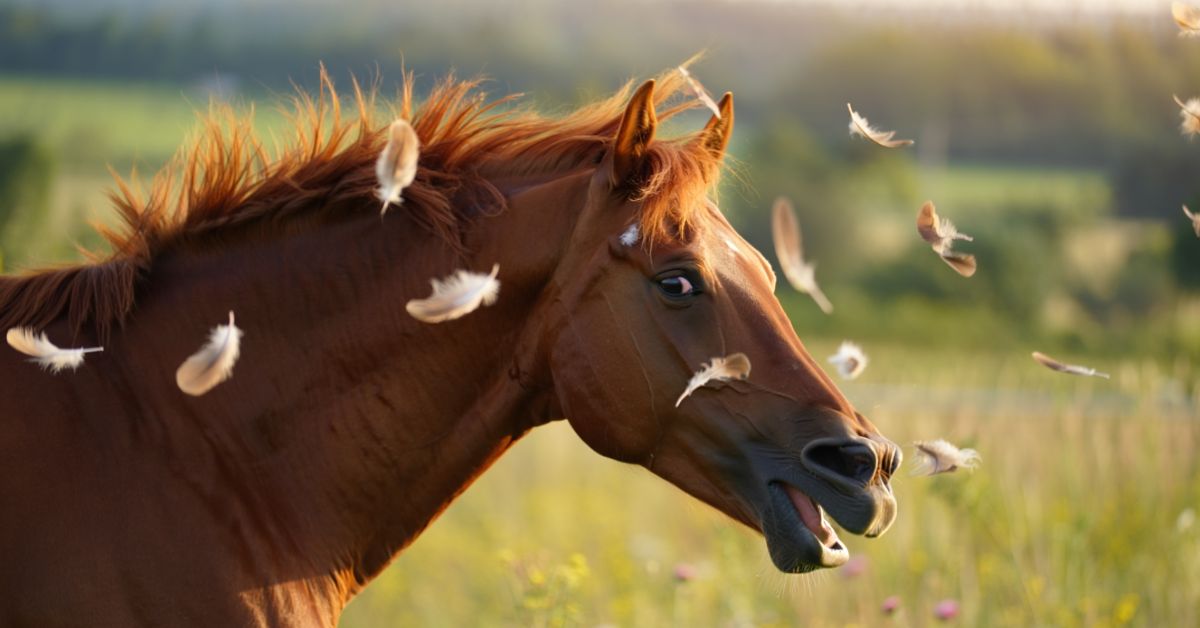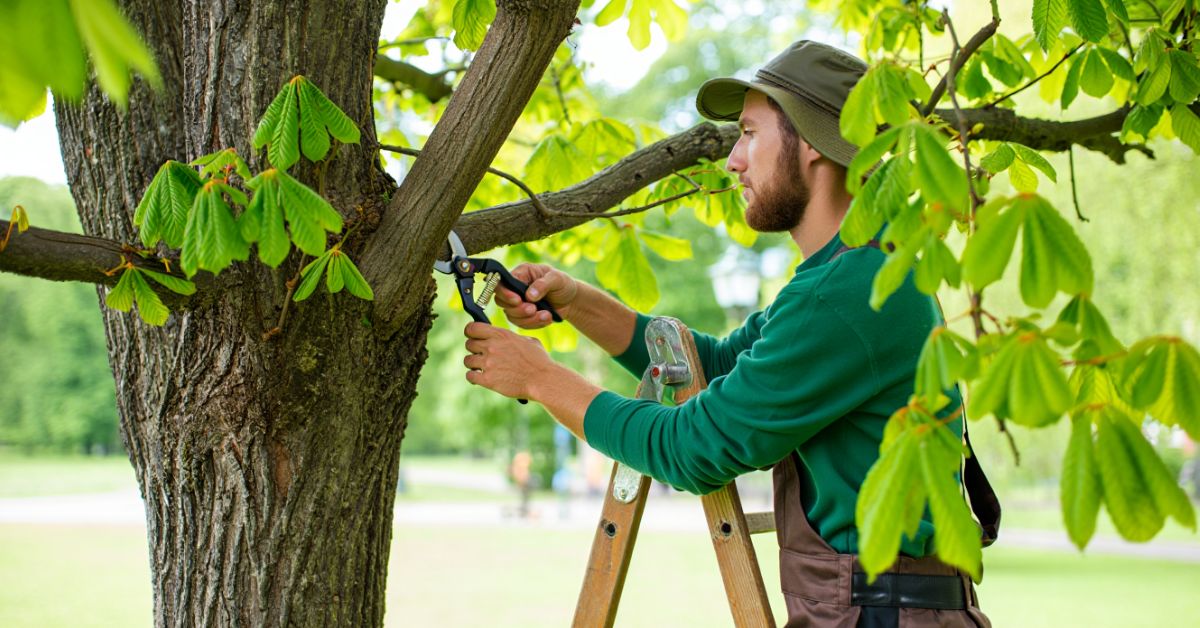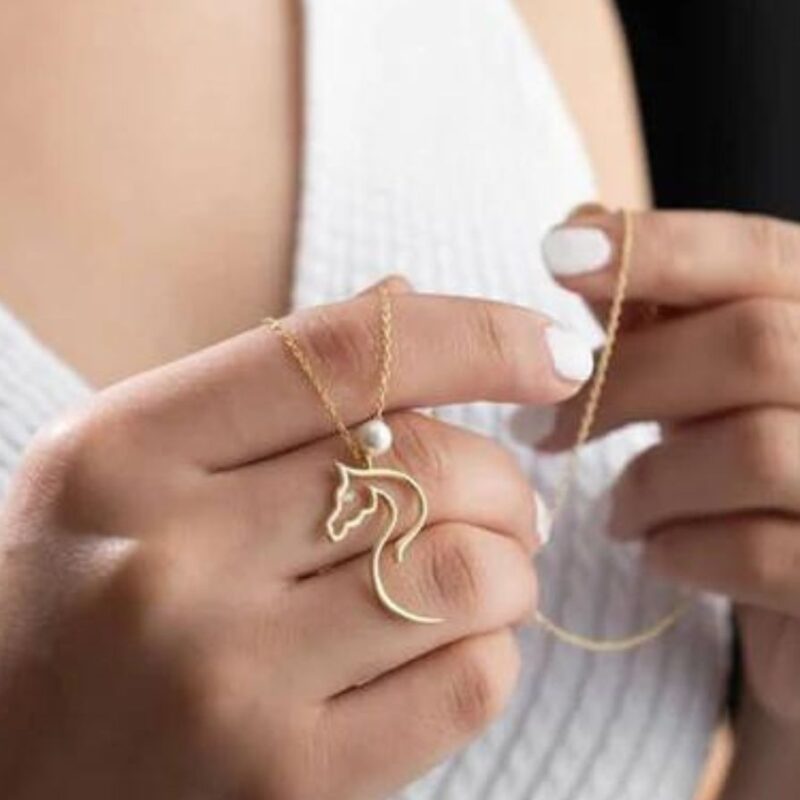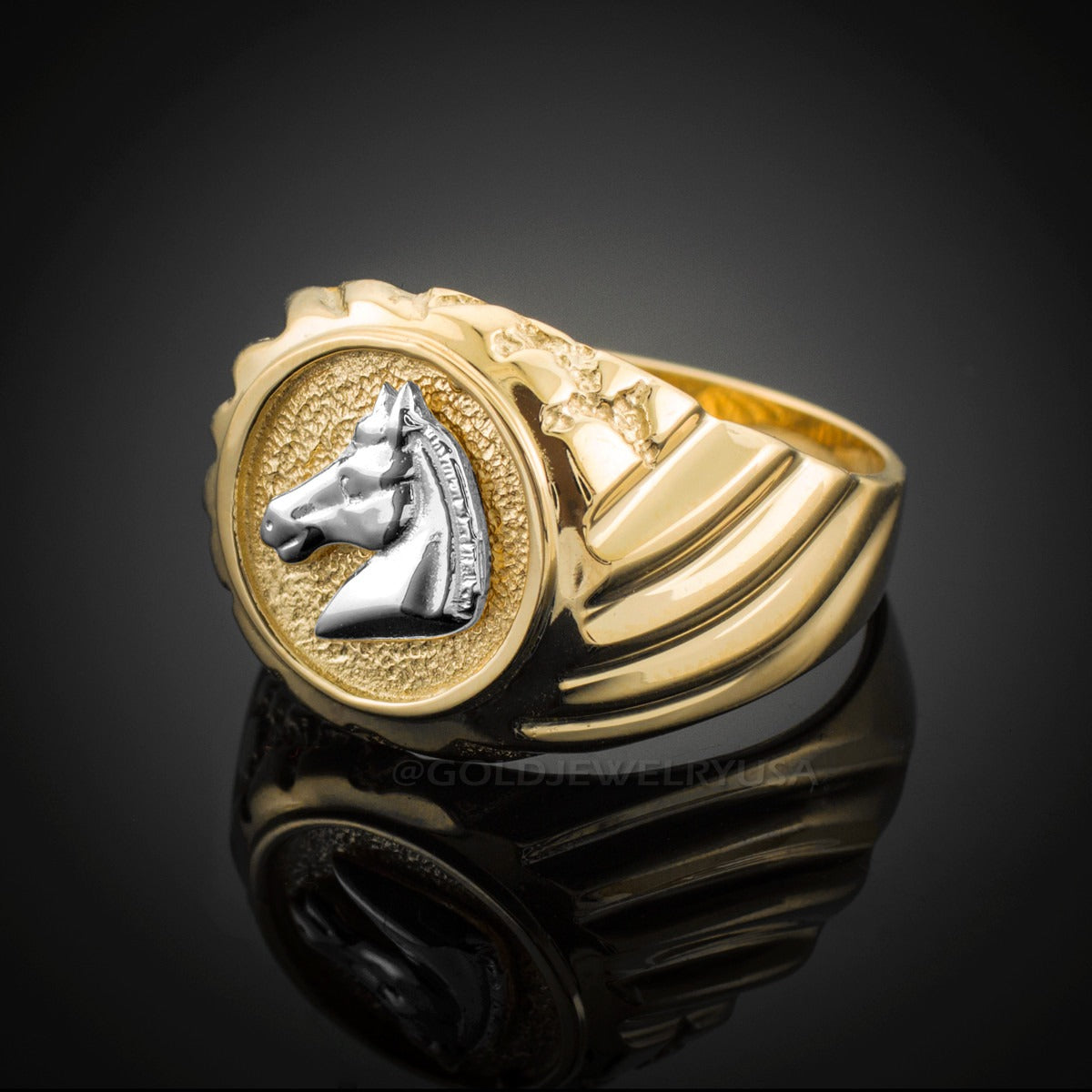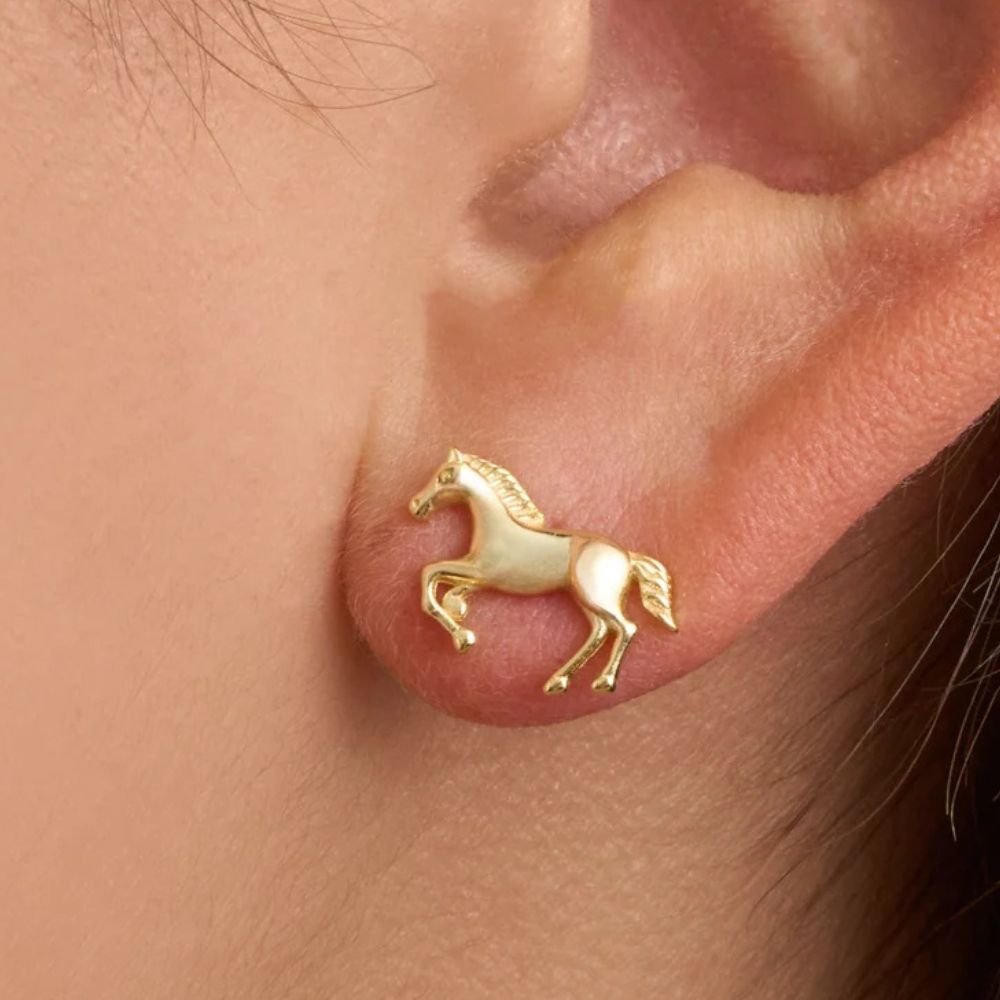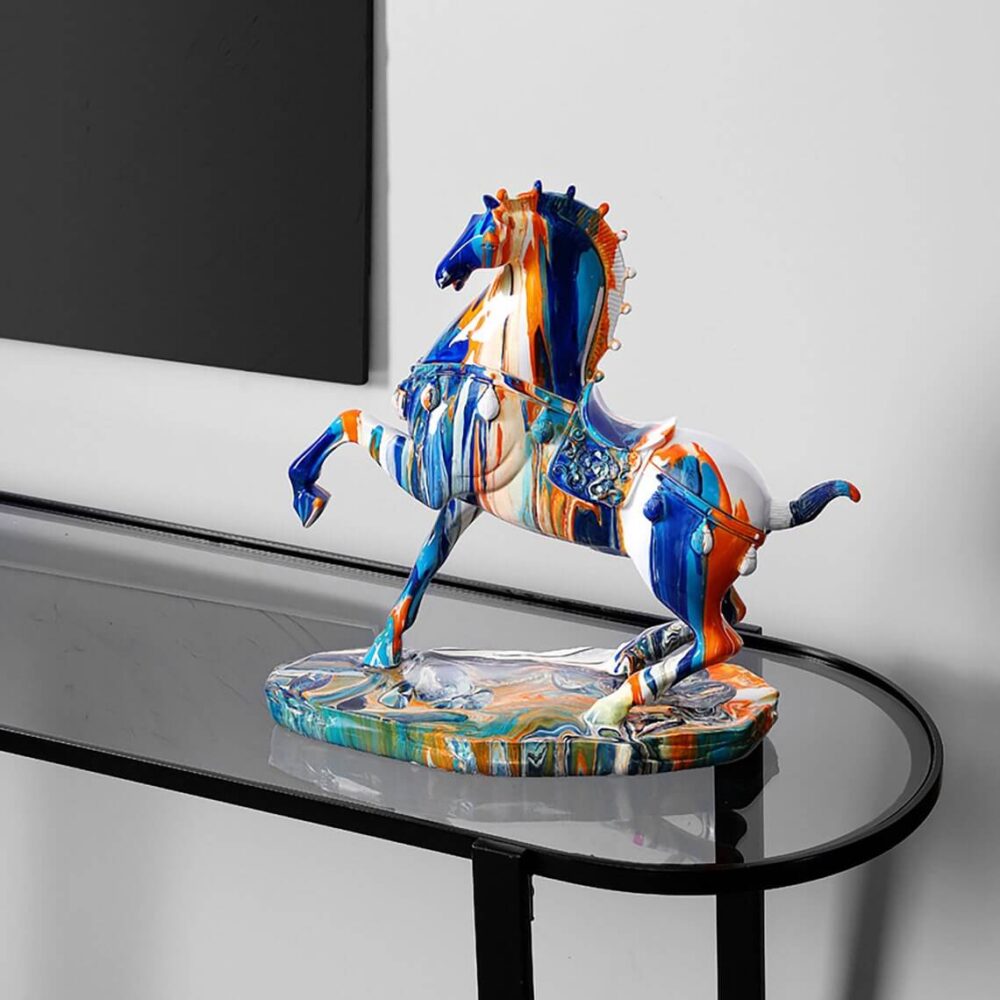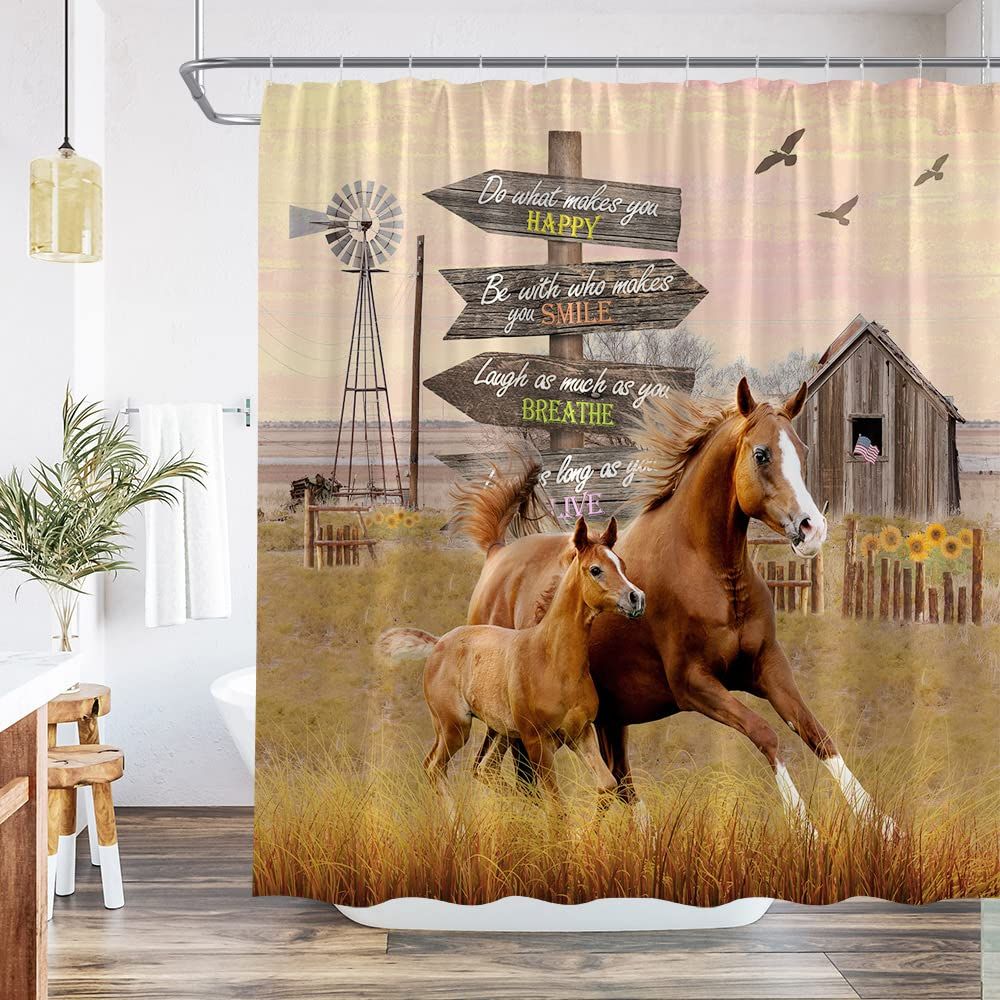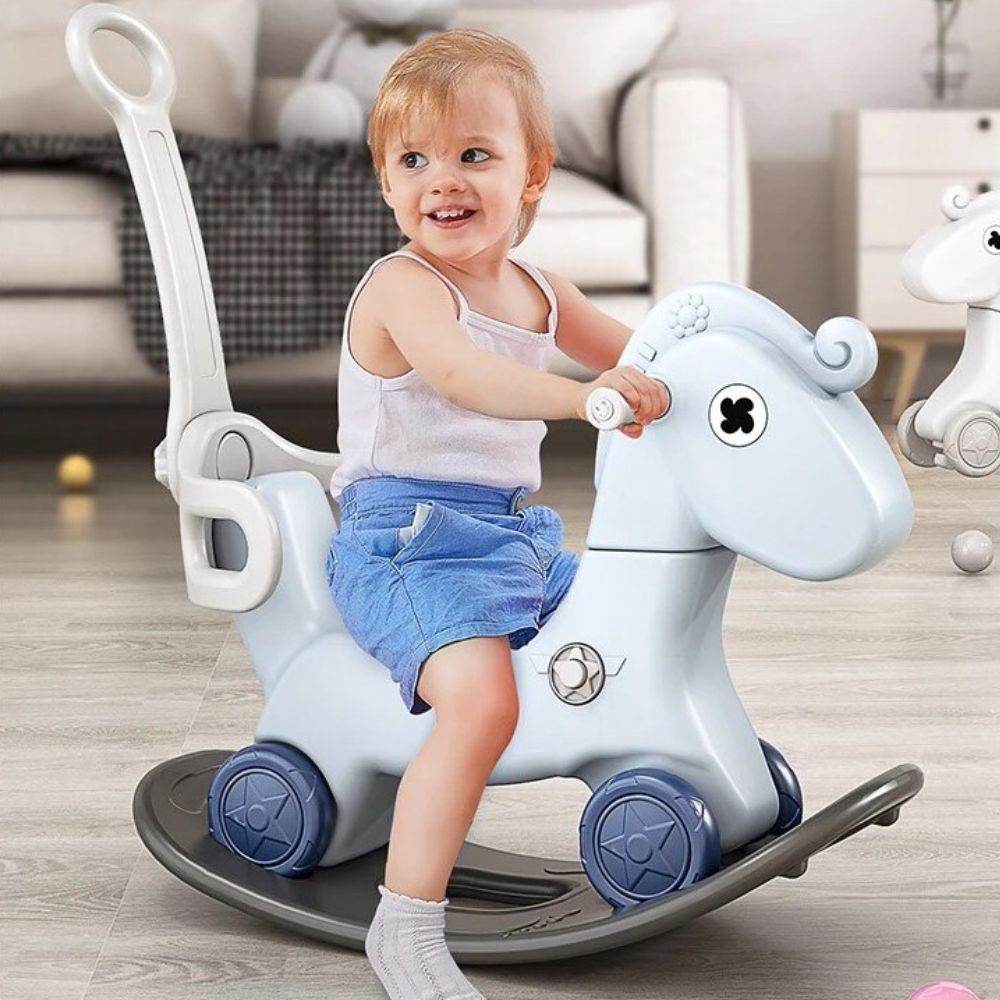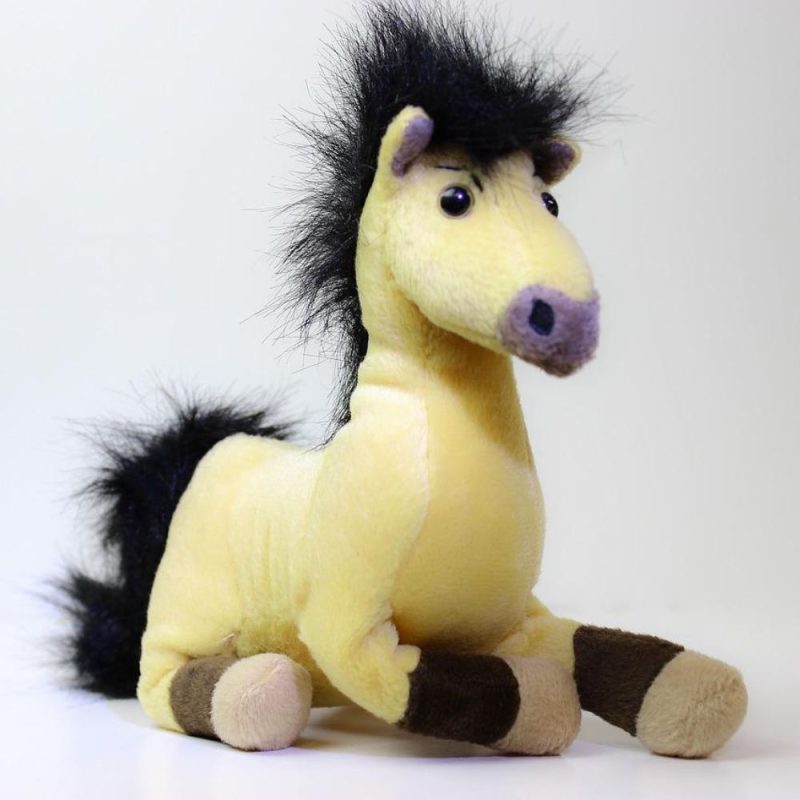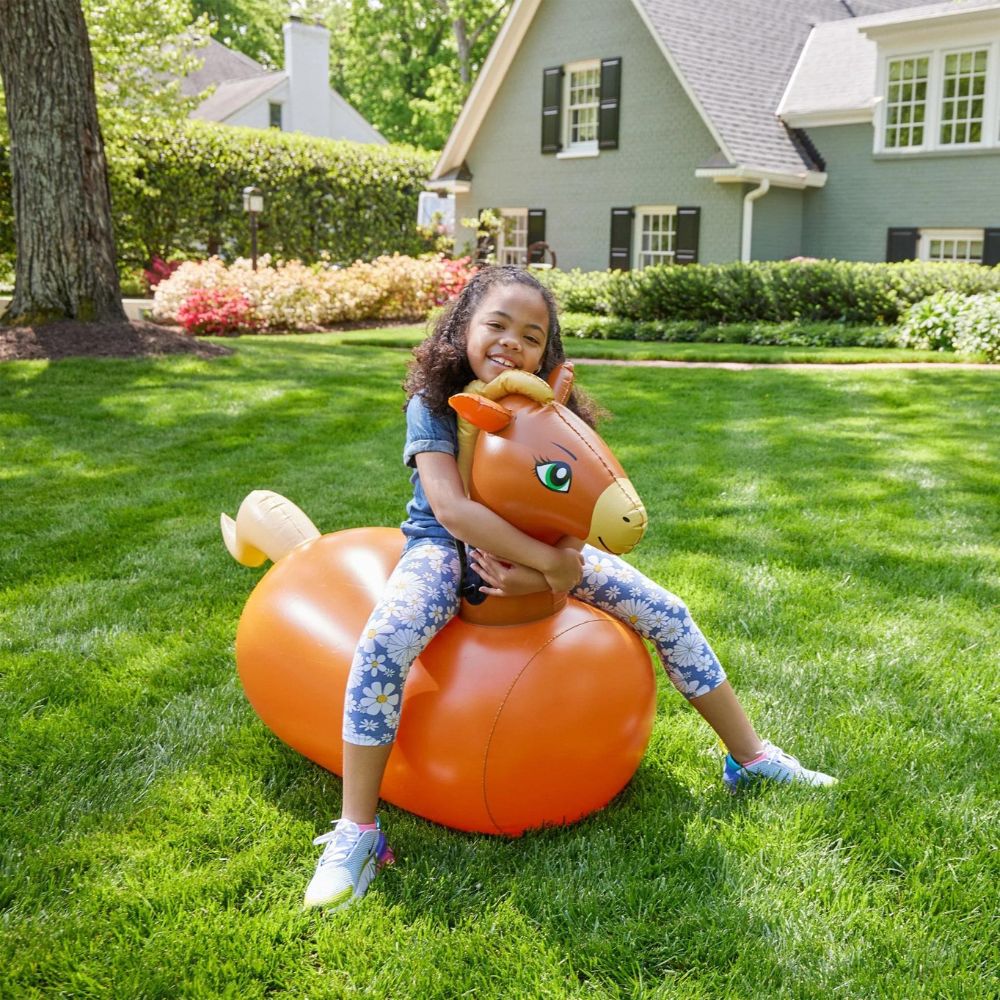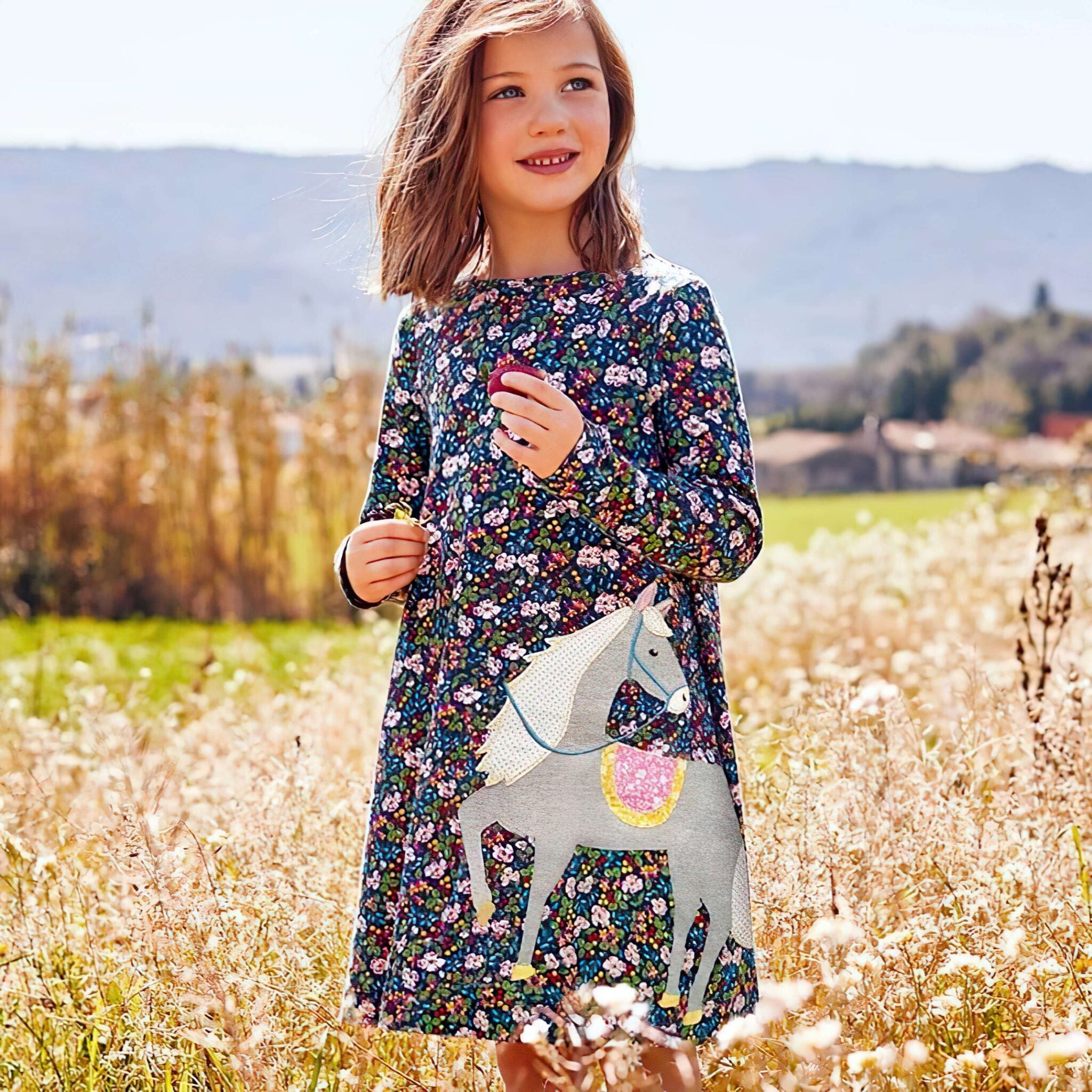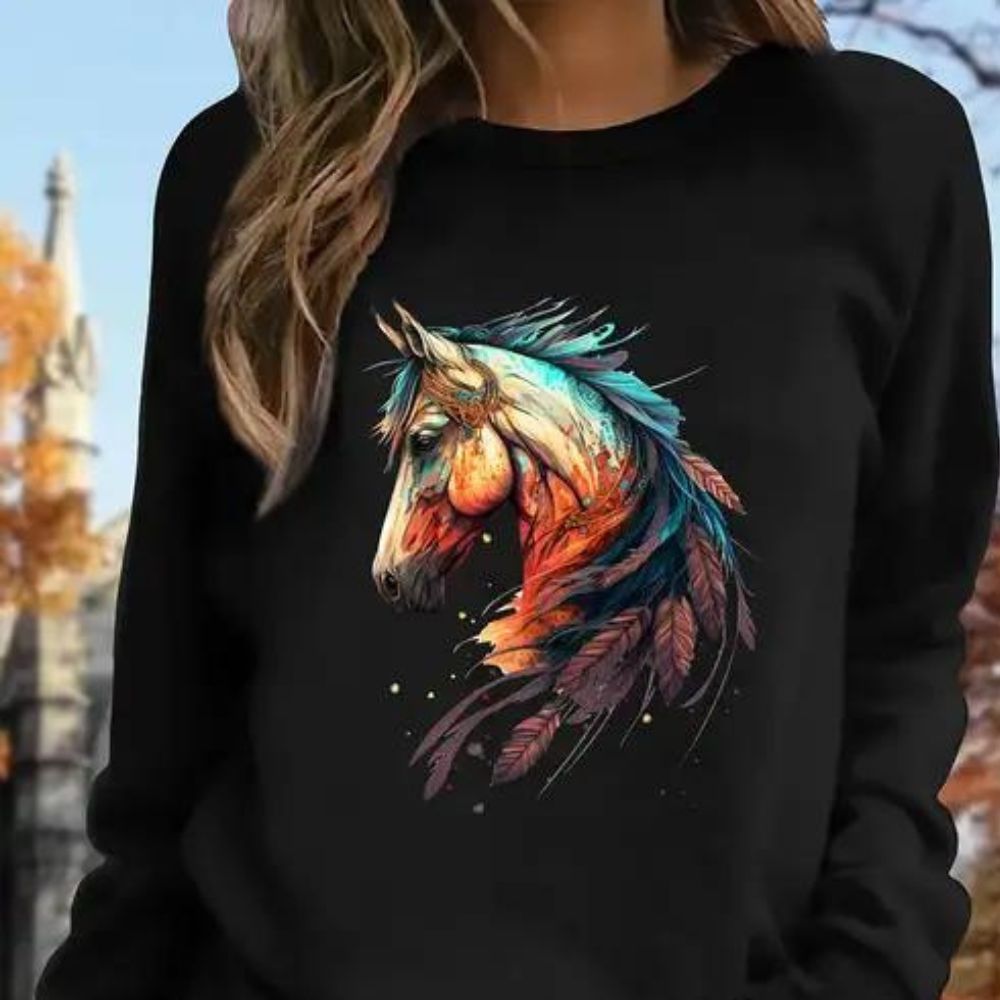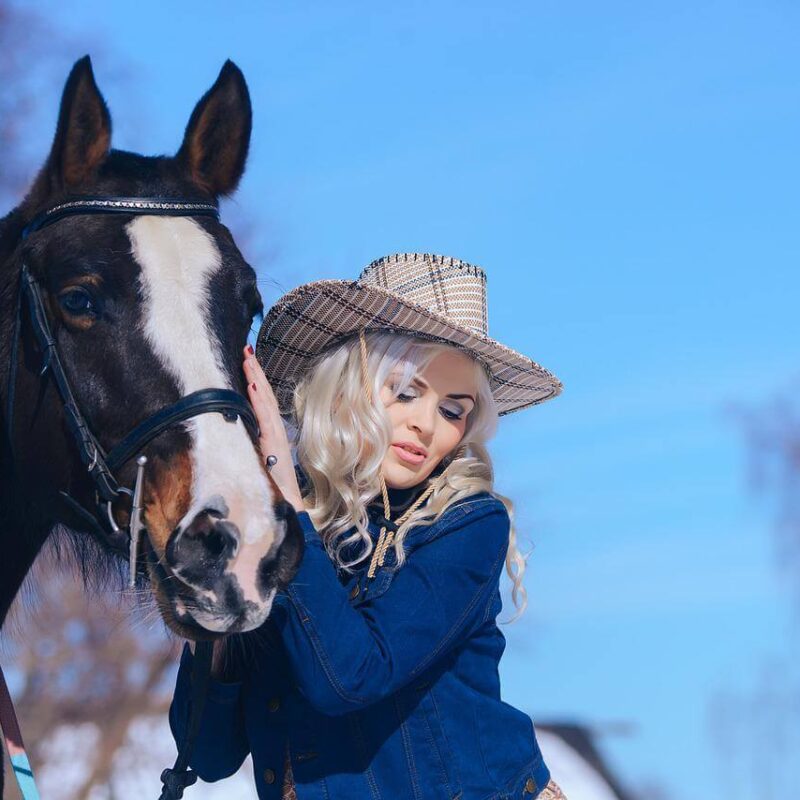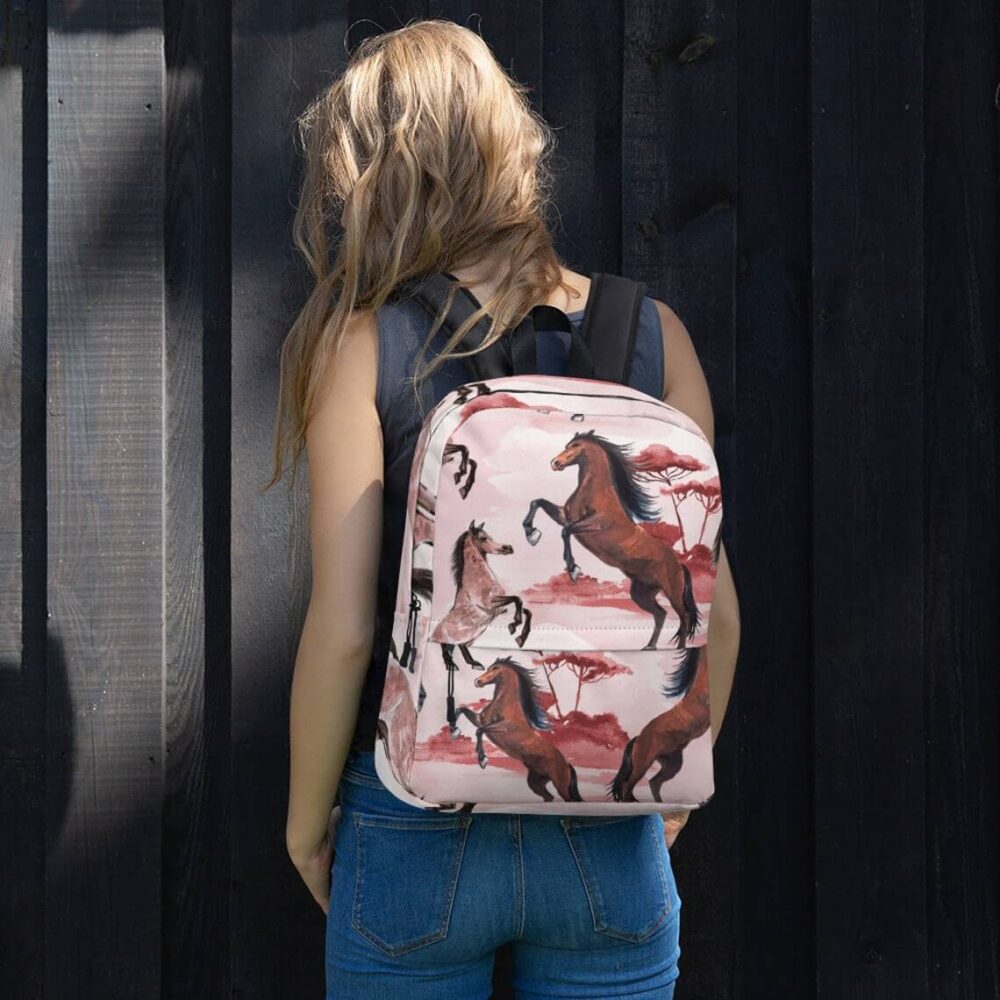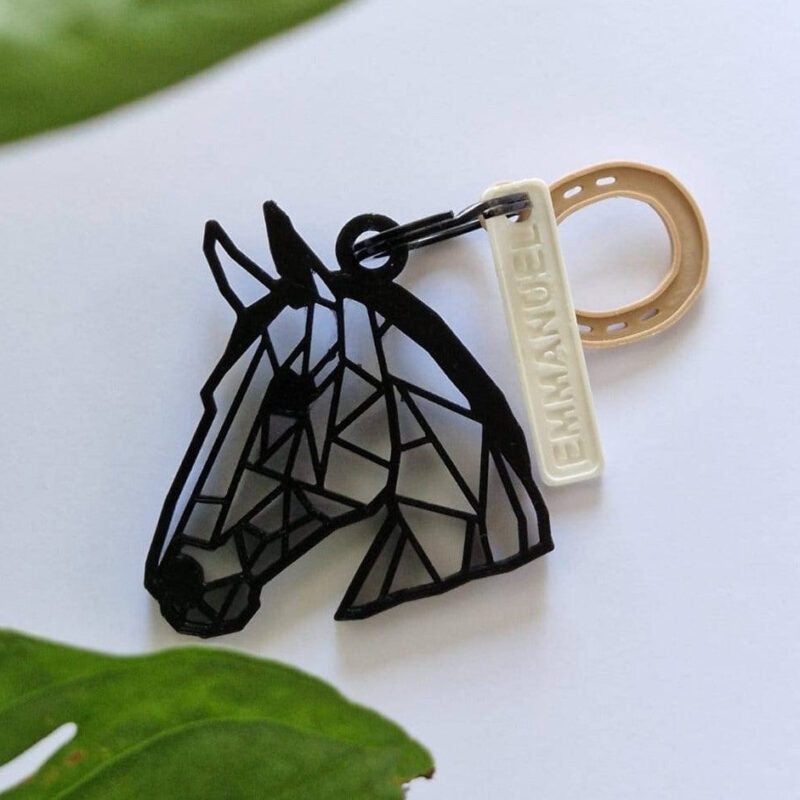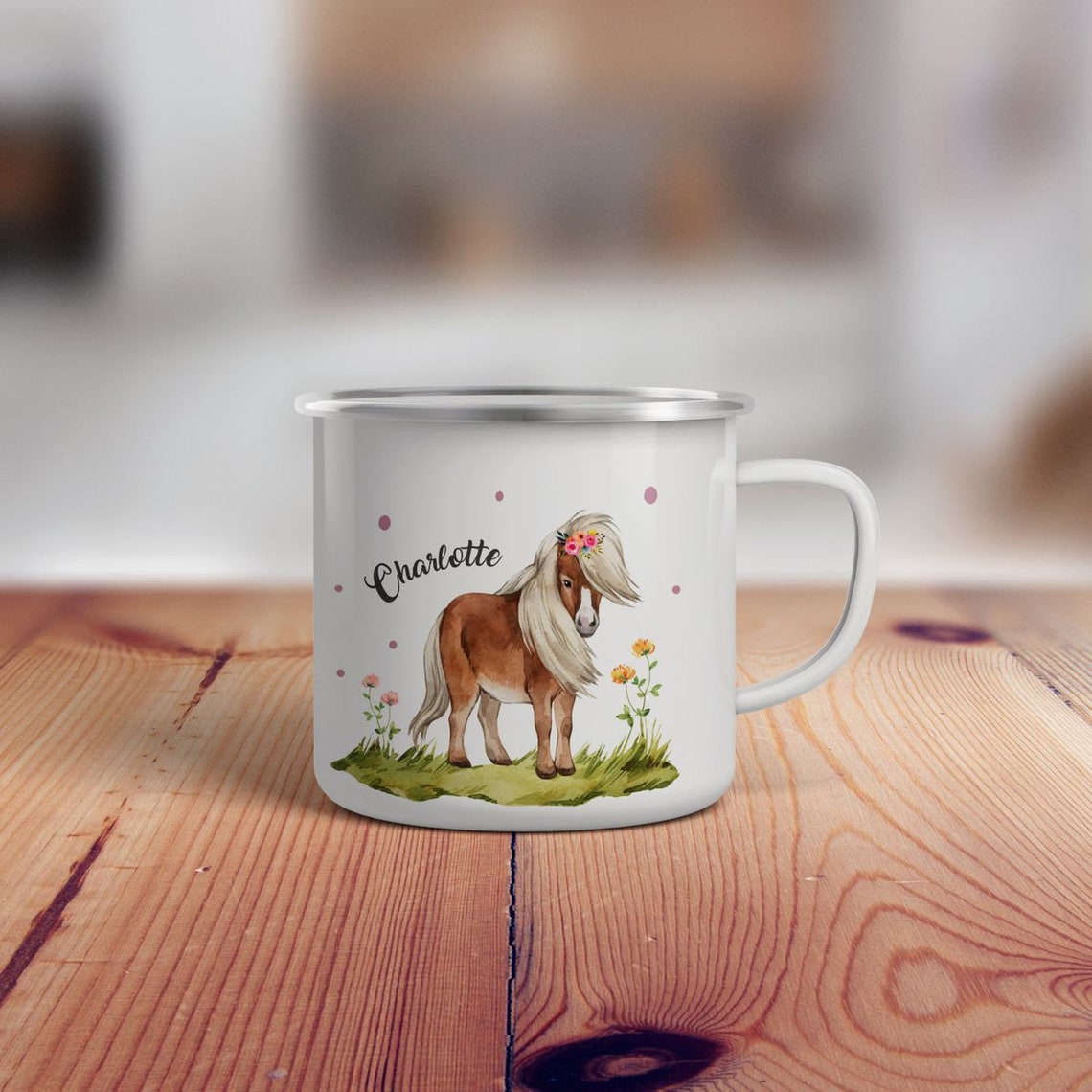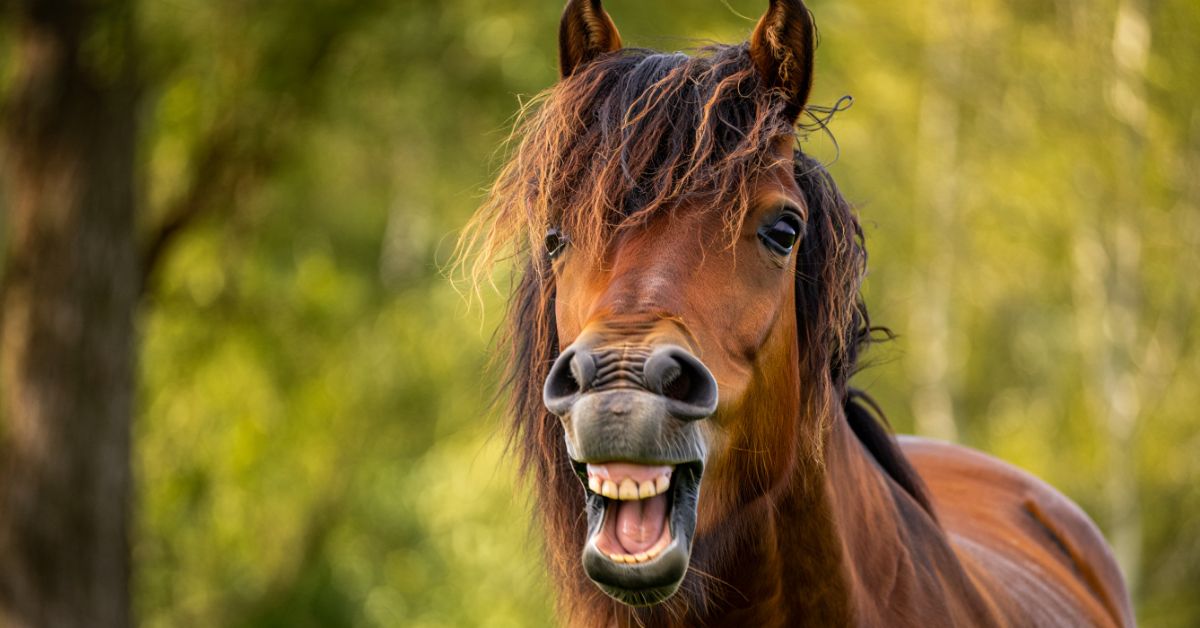
What Noises Do Horses Make? Understanding Your Horse's Vocal Language
If you've ever spent time around horses, you know they're far from silent creatures. But what noises do horses make, exactly? Horses produce a fascinating range of sounds including neighs, whinnies, nickers, snorts, squeals, and grunts. Each sound serves a specific purpose in horse communication, from greeting their herd mates to expressing fear or excitement. Understanding these equine vocalizations helps you connect deeper with these magnificent animals and recognize what they're trying to tell you. Whether it's a soft nicker of recognition or an alarming distress call, every sound has meaning. As horse lovers, we cherish these moments of connection—and at Dream Horse, we celebrate that bond through our curated collection of equestrian jewelry and accessories that let you express your passion for these incredible animals wherever you go.
CHAPTER 1 - The Classic Sounds: Neighs, Whinnies, and Nickers
The Neigh: The Horse's Long-Distance Call
The neigh is probably the most recognizable sound in horse communication. This loud, prolonged vocalization can carry across vast distances—sometimes up to half a mile in open terrain! When a horse lets out a powerful neigh, they're typically trying to locate other horses or announce their presence.
Think of the neigh as your horse's version of shouting "Hey, where is everyone?" across a crowded room. Stallions use this vocal repertoire extensively, especially when separated from their herd. It's a social greeting sound that says, "I'm here!" Studies from 2018 showed that horses can recognize individual herd members by their unique neigh patterns alone.
The Whinny: A Softer, More Emotional Call
The whinny is often used interchangeably with neigh, but experienced horsemen know there's a subtle difference. A whinny tends to be slightly shorter and carries more emotional weight. Mare and foal sounds frequently include soft whinnies, creating that beautiful bond between mother and baby.
When you arrive at the barn and your horse greets you with a gentle whinny, that's pure affection speaking. It's their way of saying, "I'm glad you're here!" That connection is what makes the equestrian lifestyle so special—and why our horse-themed decorations capture these authentic moments perfectly.
The Nicker: The Whisper of the Horse World
If the neigh is a shout, the nicker is a whisper. This soft, rumbling sound comes from deep in the throat and represents one of the gentlest forms of equine vocalizations. A nicker usually means contentment, greeting, or anticipation—especially when feed time approaches!
Mare and foal sounds heavily feature nickering. A mother will nicker softly to reassure her baby, creating a sense of security and comfort. When your horse nickers at you, consider it a compliment—you're part of their trusted circle.
CHAPTER 2 - Alert and Alarm: Snorts, Blows, and Squeals
What noises do horses make when they're startled, excited, or warning others? The answer involves some dramatic auditory signals that every rider should recognize.
The Snort: Nature's Built-In Alarm System
A snort is that explosive "pfft" sound created by forcefully expelling air through the nostrils. This nostril vibrations create a distinctive sound that serves multiple purposes:
-
Alert signal: "Something's not right here, everyone pay attention!"
-
Clearing mechanism: Horses snort to clear dust and debris from their nasal passages
-
Excitement indicator: A series of snorts often means your horse is feeling energetic and playful
-
Stress relief: After a workout, horses snort to relax and regulate breathing
Research conducted in 2019 revealed that snorts can indicate positive emotional states. When horses explored new environments and discovered everything was safe, they'd snort more frequently—their way of saying, "All clear, folks!"
The Blow: The Gentle Exhale
Less dramatic than a snort, the blow is a softer exhalation through the nose. It's part of the horse lexicon that signals calm investigation or mild concern. When meeting another horse nose-to-nose, you'll often hear mutual blows—this is polite equine introduction etiquette!
The Squeal: Drama Queen Alert 🎭
Oh, the squeal! This high-pitched, piercing sound is pure theater in the equine ethology handbook. Horses squeal when they're:
-
Meeting unfamiliar horses (establishing boundaries)
-
Playing roughly (especially young horses)
-
Expressing displeasure (don't touch that spot!)
-
Engaging in mating call behavior (stallion noises often include squealing)
Squeals represent aggressive sounds or defensive warnings. It's the horse equivalent of "Back off!" When horses squeal during play, it's usually harmless—just spirited fun. But combined with pinned ears and threatening postures, a squeal means business.
CHAPTER 3 - The Subtle Symphony: Grunts, Sighs, and Groans
Understanding the Quieter Equine Vocalizations
Not all horse communication involves loud, dramatic sounds. Some of the most meaningful equine vocalizations are whisper-quiet and easily missed if you're not paying attention.
The Grunt: Effort and Exertion
Horses grunt when they're working hard. Jump a big fence? Grunt. Roll vigorously in the dirt? Grunt. Push through a challenging dressage movement? You guessed it—grunt!
These non-vocal sounds often accompany physical effort, similar to how tennis players grunt during powerful serves. The grunt comes from the diaphragm and helps horses brace their core muscles during strenuous activity. According to equine physiologists, this sound production actually improves athletic performance by stabilizing the ribcage.
The Sigh: Contentment or Resignation
That deep, relaxing sigh you hear when your horse settles into a grooming session? That's pure bliss. Horses sigh when they're:
Relaxing after work—muscles loosening, tension releasing. When your horse releases a big sigh during a massage or grooming session, they're telling you, "This feels amazing. Don't stop!" It's a pleasure sound that represents deep contentment.
Sighs can also indicate resignation or acceptance. After a young horse finishes throwing a tantrum about wearing new tack, they might sigh heavily—basically saying, "Fine, you win."
The Groan: Discomfort or Deep Relaxation
The groan is fascinating because it can signal two opposite states. A groan during rolling represents pure pleasure—that satisfying back scratch against the ground feels incredible! However, groans while moving or during palpation might indicate pain or discomfort.
As Winston Churchill once said, "There is something about the outside of a horse that is good for the inside of a man." Understanding these subtle sounds deepens that therapeutic connection we share with horses.
Sound Production: The Mechanics Behind the Music
What noises do horses make depends heavily on their anatomy. The larynx (voice box) produces most vocalizations, while nostril vibrations create snorts and blows. The frequency and duration of each sound varies based on emotional intensity and the message being conveyed.
Acoustic features reveal a lot about emotional state. Higher frequency sounds (squeals, screams) typically indicate stress or excitement, while lower frequency vocalizations (nickers, soft whinnies) suggest calm and contentment. This emotional expression through sound has evolved over millions of years to facilitate herd cohesion and survival.
CHAPTER 4 - Beyond Voice: Non-Vocal Horse Sounds
The Percussion Section: Hoof Beats and Stomping
Horse sounds meaning extends far beyond the vocal repertoire. Non-vocal sounds communicate just as effectively as any neigh or nicker.
Hoof Beats: The Rhythm of Movement
Hoof beats tell an experienced horseman everything about gait, mood, and health. The four-beat rhythm of a walk differs dramatically from the thundering cadence of a gallop. Each horse develops a unique pattern—you can literally identify your horse by their hoof beats alone!
Stomping is deliberate communication. A single sharp stomp says, "There's a fly here annoying me." Rapid, agitated stomping means, "I'm frustrated" or "Something's wrong." During 2020, researchers documented how horses use hoof beats as auditory signals to coordinate herd movement.
Teeth Grinding: Listen Closely
Teeth grinding deserves attention. This subtle non-vocal sound can indicate several things. Young foals grind their teeth when feeling submissive around adult horses—it's a "please don't hurt me" gesture. However, chronic teeth grinding in adult horses often signals pain, particularly gastric ulcers or dental problems.
The distinction matters. Occasional grinding during training? Probably processing new information. Constant grinding? Time to call the veterinarian.
Lip Smacking and Chewing
Lip smacking occurs when horses are thinking, learning, or feeling anxious. Watch a horse in training, and you'll notice lip smacking when they've just understood something new. It's a processing behavior—their way of saying, "Okay, I get it now."
Chewing motions without food present often signal relaxation or acceptance, especially during horse whispering sessions where trainers use gentle techniques to build trust.
Body Language and Sound: The Complete Picture
Body language and sound work together in horse communication. A squeal combined with pinned ears means danger. The same squeal with relaxed posture? Just playing around. Context determines horse sounds meaning.
Understanding equine ethology—the study of horse behavior—reveals how vocalization context changes interpretation. That's why experienced horsemen don't just listen to sounds; they observe the complete picture. At Dream Horse, we celebrate this deep connection through our gifts for horse lovers that honor the authentic equestrian experience.
CHAPTER 5 - Communication Context: When and Why Horses Make Noise
Territorial Calls and Herd Dynamics
What noises do horses make in different social situations? The answer reveals the complexity of inter-species communication and herd cohesion.
Greeting Sounds: Hello, Friend!
Greeting sounds happen countless times daily in any herd. When horses reunite after separation, they exchange nickers and soft whinnies. This ritual reinforces bonds and maintains social structure. Mare and foal sounds exemplify this—mothers constantly reassure babies with gentle vocalizations.
The greeting sound serves practical purposes too. By announcing presence, horses avoid startling each other and maintain herd awareness. It's equine social media—constant status updates!
Mating Calls: Romance in the Air
Stallion noises during breeding season become particularly vocal. The mating call involves powerful neighs, squeals, and a distinctive rumbling sound. Mares respond with their own vocalizations, creating a complex courtship dialogue.
During spring 2023, behavioral studies showed that stallion noises contain specific acoustic features that communicate genetic fitness to potential mates. Nature's matchmaking system works through equine vocalizations!
Distress Calls: Help Needed!
The distress call is unmistakable—high-pitched, frantic, and repeated. When a horse screams in distress, every horse within earshot responds. This alarm sound triggers immediate herd awareness and protective behaviors.
Distress calls evolved to save lives. In the wild, a horse caught by a predator would scream, alerting others to flee. Today, horses still use distress calls when injured, trapped, or terrified. As horse lovers, recognizing these auditory signals can mean the difference between timely help and tragedy.
Territorial Calls: This Is My Space
Territorial calls involve aggressive neighing, squealing, and snorting. Stallions particularly use territorial calls to establish dominance and warn rival males away from their band. Even geldings and mares will use aggressive sounds to claim resources like food, water, or favorite pasture spots.
The Role of Human-Horse Communication
By 2021, scientists discovered that horses modify their vocal repertoire when interacting with humans versus other horses. They've learned that certain sounds get better responses from people. This inter-species communication shows remarkable cognitive flexibility.
"In riding a horse, we borrow freedom," Helen Thompson said, and understanding their language deepens that freedom. When you recognize your horse's unique equine vocalizations, you become true partners rather than just rider and mount.
At Dream Horse, we believe this connection deserves celebration. Our equestrian jewelry collection allows you to carry that bond wherever you go. Express your style while honoring the magnificent creatures that inspire us daily. Assert your individuality through pieces that reflect your authentic passion for horses.
Frequently Asked Questions on What Noises Do Horses Make
What is the most common sound horses make?
The nicker is probably the most frequent equine vocalization you'll hear daily. Horses nicker when greeting people, anticipating meals, or communicating with herd mates. It's a soft, friendly sound that represents contentment and recognition.
Why do horses snort so much?
Horses snort for multiple reasons—clearing their airways, expressing excitement, investigating new things, or releasing tension. A snort doesn't always mean alarm. Research shows horses snort more frequently when they're relaxed and feeling positive about their environment.
Can horses recognize human voices?
Absolutely! Studies from 2018 demonstrated that horses can recognize individual human voices and associate them with specific people. They respond differently to familiar versus unfamiliar voices, showing sophisticated auditory signal processing abilities.
What does it mean when a horse squeals at another horse?
A squeal typically signals boundary-setting or excitement. When horses first meet, squeals establish personal space. During play, squeals express spirited energy. Combined with aggressive body language, squeals warn others to back off. Context determines whether a squeal is friendly or threatening.
Do all horses make the same sounds?
While the basic vocal repertoire remains consistent across breeds, individual horses develop unique voice characteristics. You can identify specific horses by their neighs alone! Factors like age, gender, and personality influence sound production and frequency.
Why does my horse nicker when they see me?
That's love! When your horse nickers upon seeing you, they're expressing affection and recognition. You're part of their trusted circle. This greeting sound often anticipates positive experiences—treats, grooming, or pleasant rides together.
What's the difference between a neigh and a whinny?
The neigh tends to be longer and louder, designed for long-distance communication. A whinny is slightly shorter and often carries more emotional nuance. Both come from the same vocalization context but differ in duration and intensity.
Are loud horse vocalizations a sign of stress?
Not necessarily. While distress calls indicate problems, many loud equine vocalizations signal excitement, playfulness, or social communication. Evaluate body language and sound together. A horse neighing loudly while relaxed and alert is very different from one screaming with whites of eyes showing.
At Dream Horse, we understand that being a horse lover means celebrating every aspect of these incredible animals—from their powerful neighs to their gentle nickers. Our carefully curated collection of equestrian-inspired jewelry, decorations, and practical accessories allows you to express your style and assert your individuality while honoring your passion. Whether you're searching for the perfect gift for horse lovers in your life or treating yourself to something special, we're here to help you celebrate the bond between humans and horses. Because understanding what noises horses make is just the beginning of an extraordinary journey with these magnificent creatures. 🐴💕

